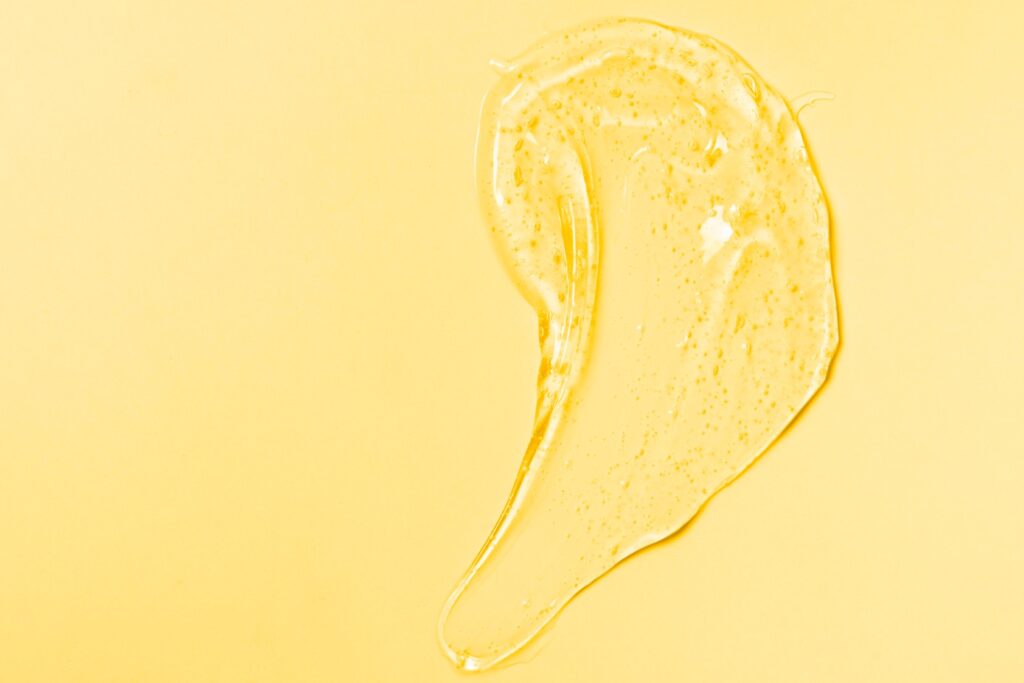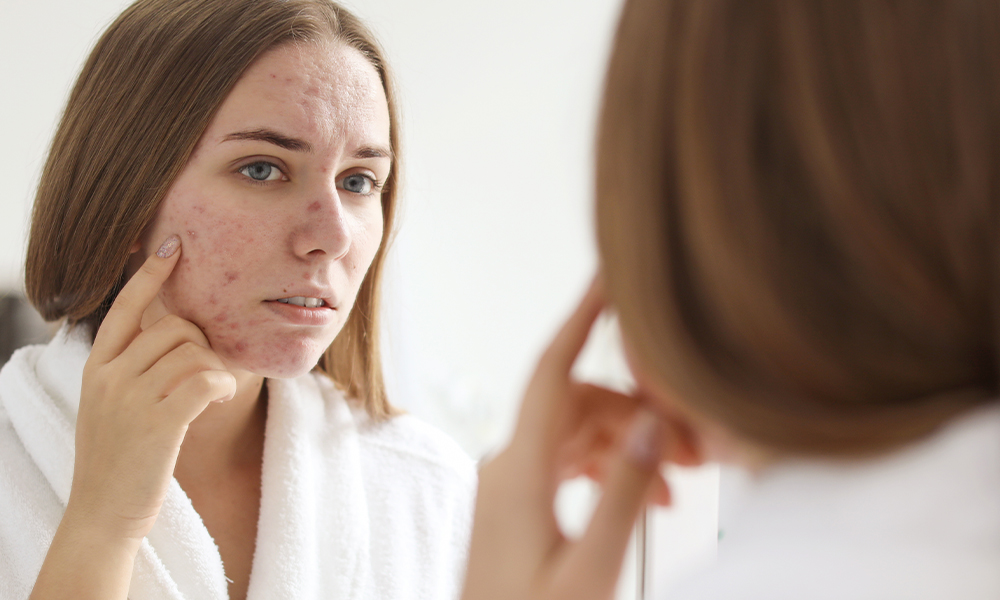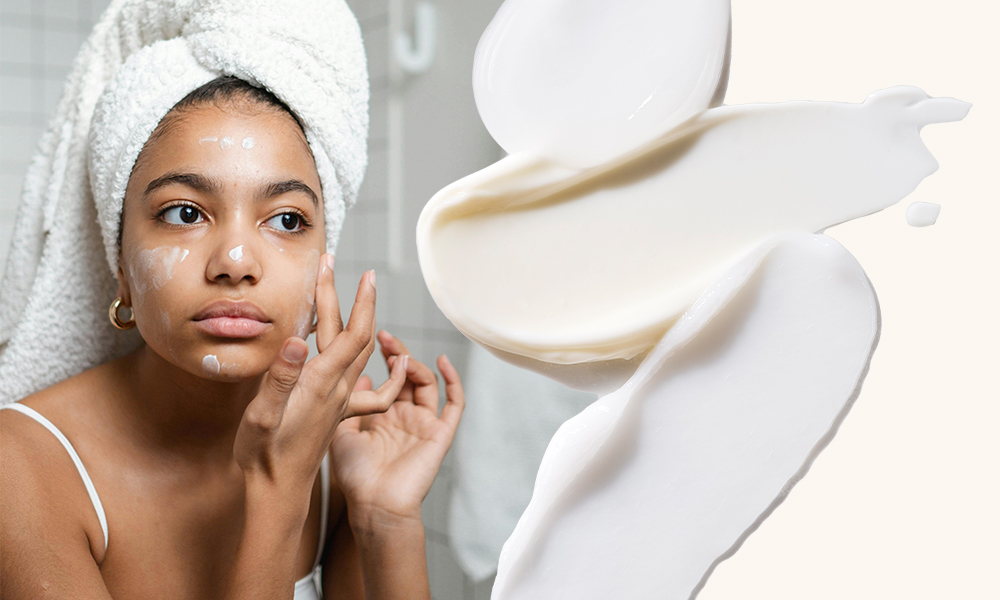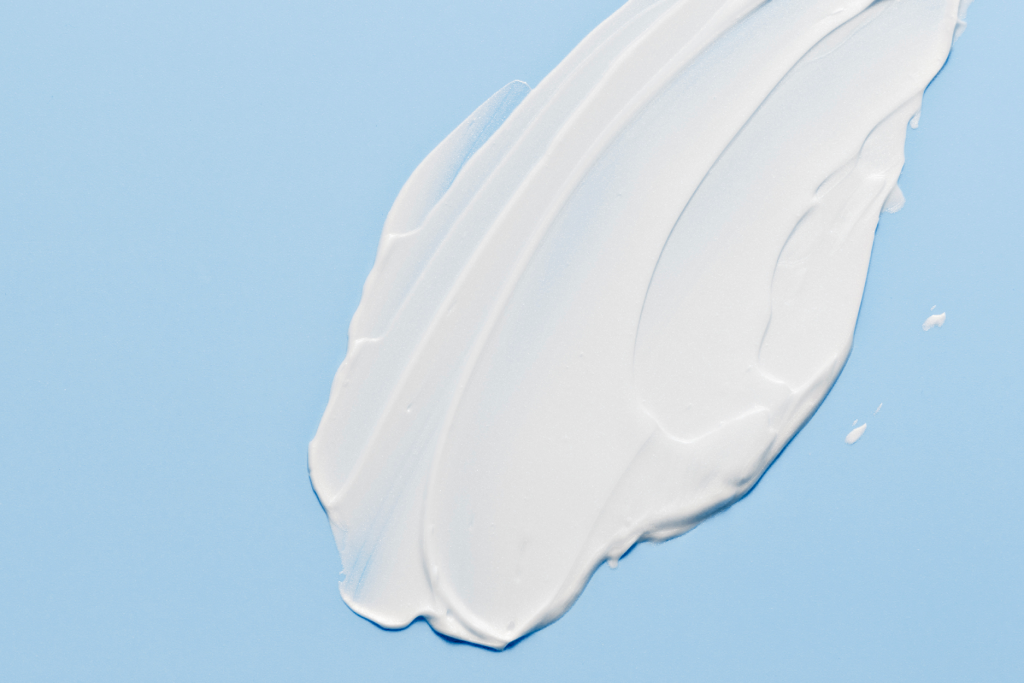Ask A Dermatologist: Do I Have Acne Or Rosacea?

Link to share article here:
Ingredient Deep Dive: Glycerin
In the battle of the best moisturising ingredients, hyaluronic acid might grab the trend-led headlines but glycerin has long been a hydration hero, delivering an easily absorbed moisture boost to thirsty skin.
What is glycerin?
Glycerin is a topical moisturiser that’s also a naturally occurring compound in the skin. This is why it’s sometimes described as ‘skin identical’ which is true also of ceramides and hyaluronic acid.
What does glycerin in skincare do?
Not only does glycerin work as a simple, effective moisturiser, it delivers much more. Glycerin keeps the skin lipids between our skin cells in a healthy (liquid crystal) state, protects against irritation and helps to restore the skin barrier. Think kindness and restraint when it comes to barrier protection – simple moisturisers like glycerin can soothe, support and protect.
An over-use of active ingredients, chemical exfoliators or natural oil-stripping cleansers can all be balanced by adding glycerin into your routine. It typically hydrates a compromised skin barrier to treat extreme dryness and repair skin elasticity.
Why is glycerin in skincare so popular?
When it comes to next-level hydration, glycerin ticks all the boxes. It’s a common, safe and scientifically-proven effective molecule used successfully in skincare for over 50 years.
Glycerin may not be a newbie on the skincare scene but it’s fresh in terms of its modern sustainability credentials. Naturally derived from plants, vegan and cruelty-free. Glycerin is also safe for all skin types, you can use it as often as needed and reactions are rare.
When it comes to next-level hydration, glycerin ticks all the boxes.
Glycerin combines well with other ingredients – double its hydration power by plumping for a product that blends it with hyaluronic acid.
How is glycerin classified as a moisturising ingredient?
Our Skin + Me Dermatology Team agree that all good moisturisers include emollients, occlusives and humectants (this piece is about protecting your skin barrier, explains the differences between the categories). Glycerin is an example of a humectant.
Our Head of Medical, Dr Jason Thomson explains, “Dermatologists’ favourite skin barrier-boosting and soothing ingredients are clinically proven to deliver excellent moisture and protection to the skin. Glycerin and hyaluronic acid are two of the most effective humectants available (ingredients that attract and draw moisturise into the skin).”
What are humectants?
Humectants are common skincare agents that attract and retain water, pulling moisture from the air into the upper layers of skin. Apply your humectant on damp skin for an extra hydration boost.
Is glycerin easily absorbed?
Formulation chemists love glycerin because it has what they call ‘a low molecular weight’ meaning that it’s easily absorbed and can penetrate deep into the skin barrier, delivering targeted hydration where it’s needed.
Glycerin can penetrate deep into the skin barrier, delivering targeted hydration where it’s needed.
Can I use pure glycerin as a single ingredient to maximise its effectiveness?
We wouldn’t recommend you use glycerin as a single ingredient on your skin. In its pure form, it’s gloopy, messy and sticky. The experience is much more pleasurable when glycerin features highly on a combined cosmetic ingredient list.
It’s the work of a formulation developer to combine glycerin with other ingredients to create an elegant, easy-to-use cream, providing the perfect ratio of texture, consistency and skin barrier-supporting hydration.
Medical facts checked by Consultant Dermatologist, Dr Jason Thomson.
New to Skin + Me? Get your first month of personalised skincare for £4.99 with promo code DOSE – complete our quick consultation here.
Looking for a routine refresh? Add the Dream Routine to your Skin + Me subscription.
In need of a restock? Head to The Skincare Shop for one-off purchases of your Routine Essentials.



